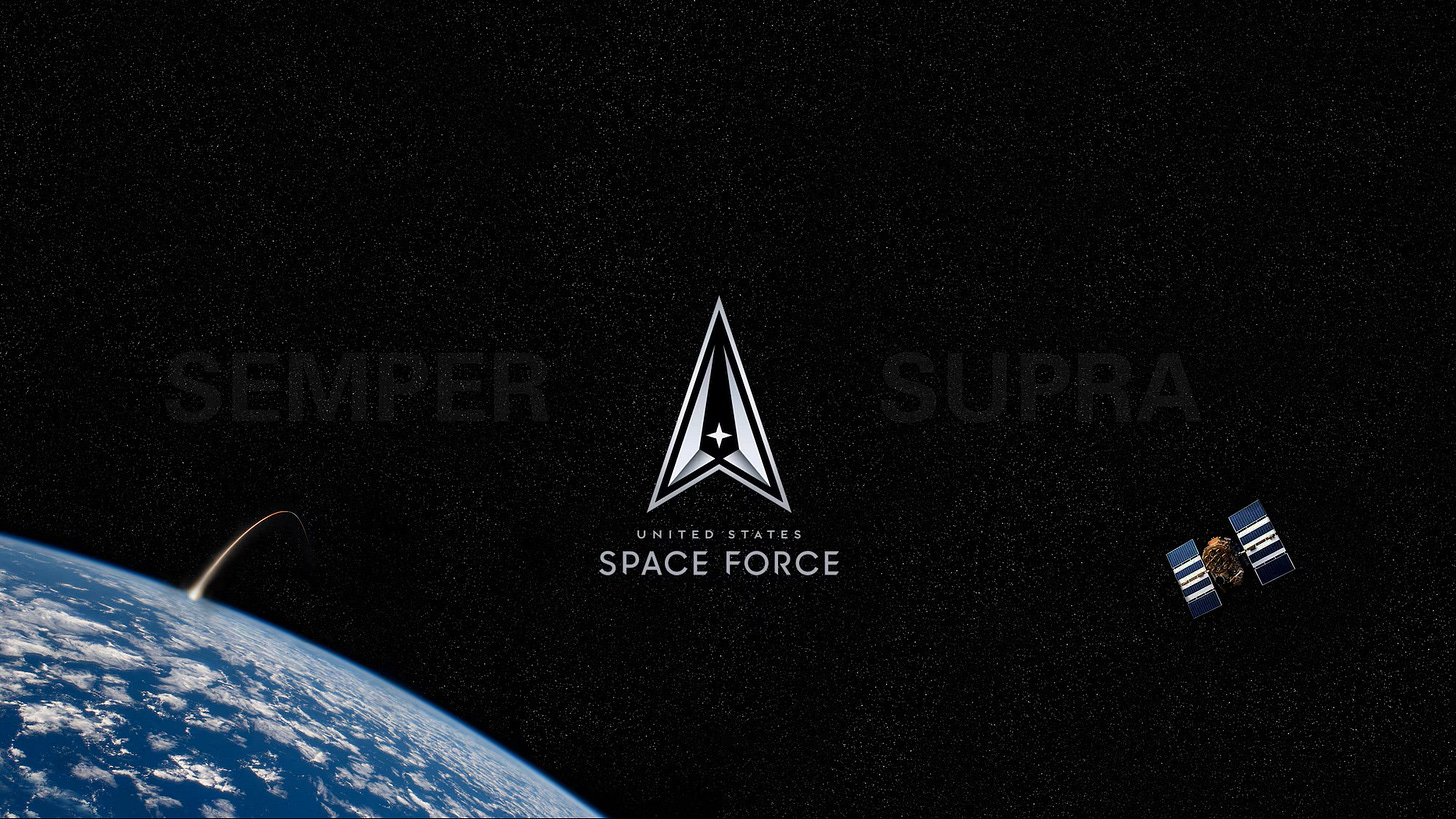Artificial Intelligence and Machine Learning technologies are fundamentally transforming space operations, creating unprecedented opportunities for institutional investors. The convergence of autonomous decision-making capabilities, massive data processing requirements, and the proliferation of satellite constellations has established AI/ML as mission-c…
Keep reading with a 7-day free trial
Subscribe to The Journal of Space Commerce to keep reading this post and get 7 days of free access to the full post archives.



